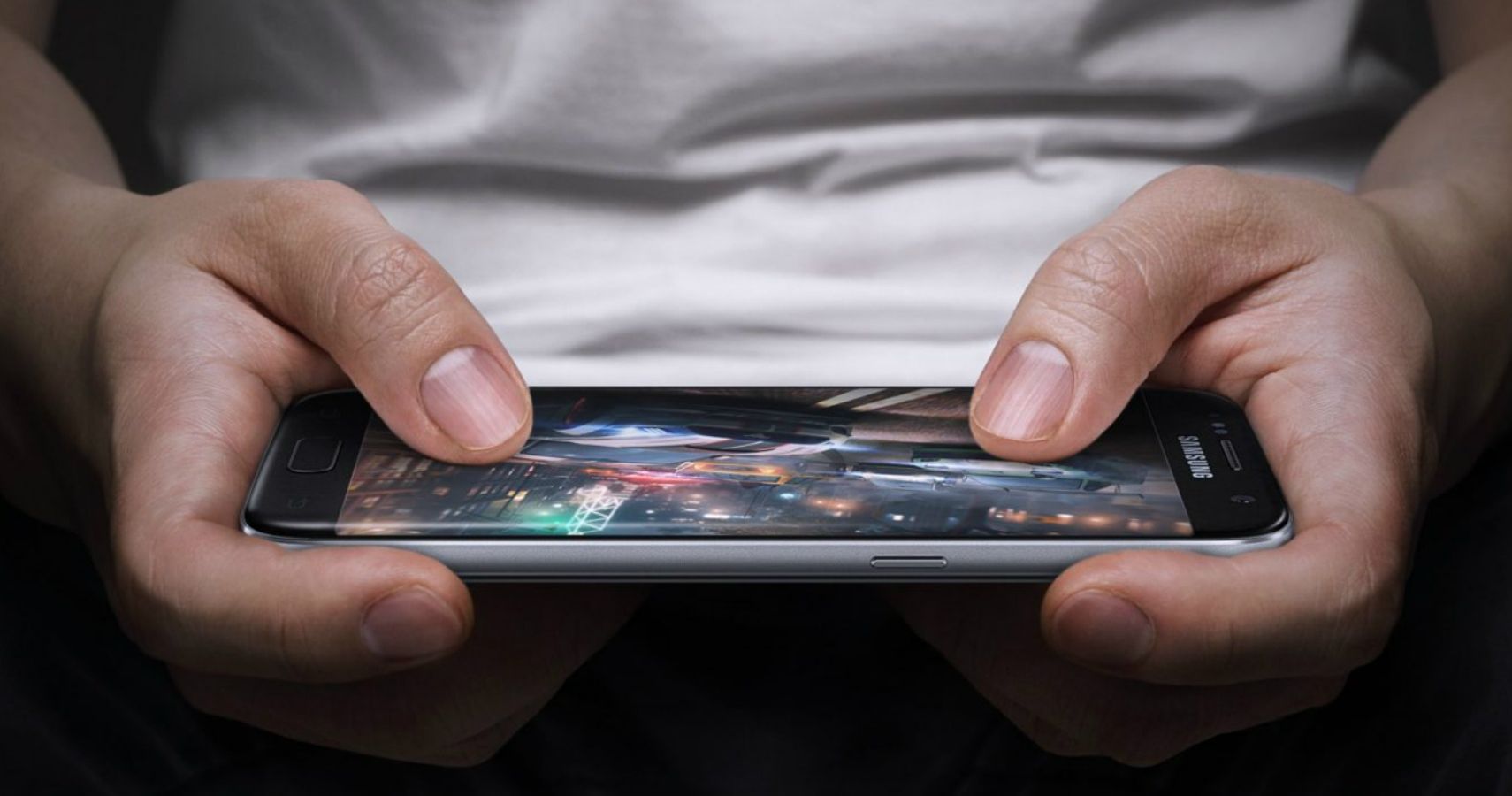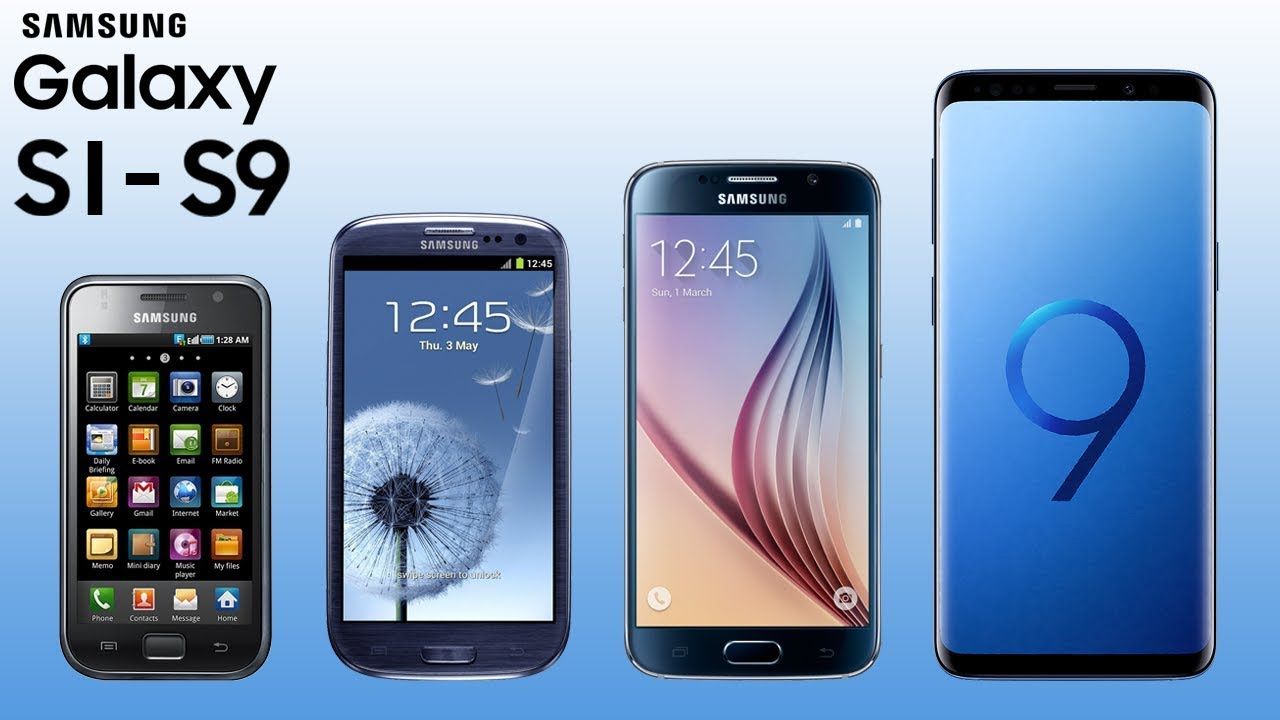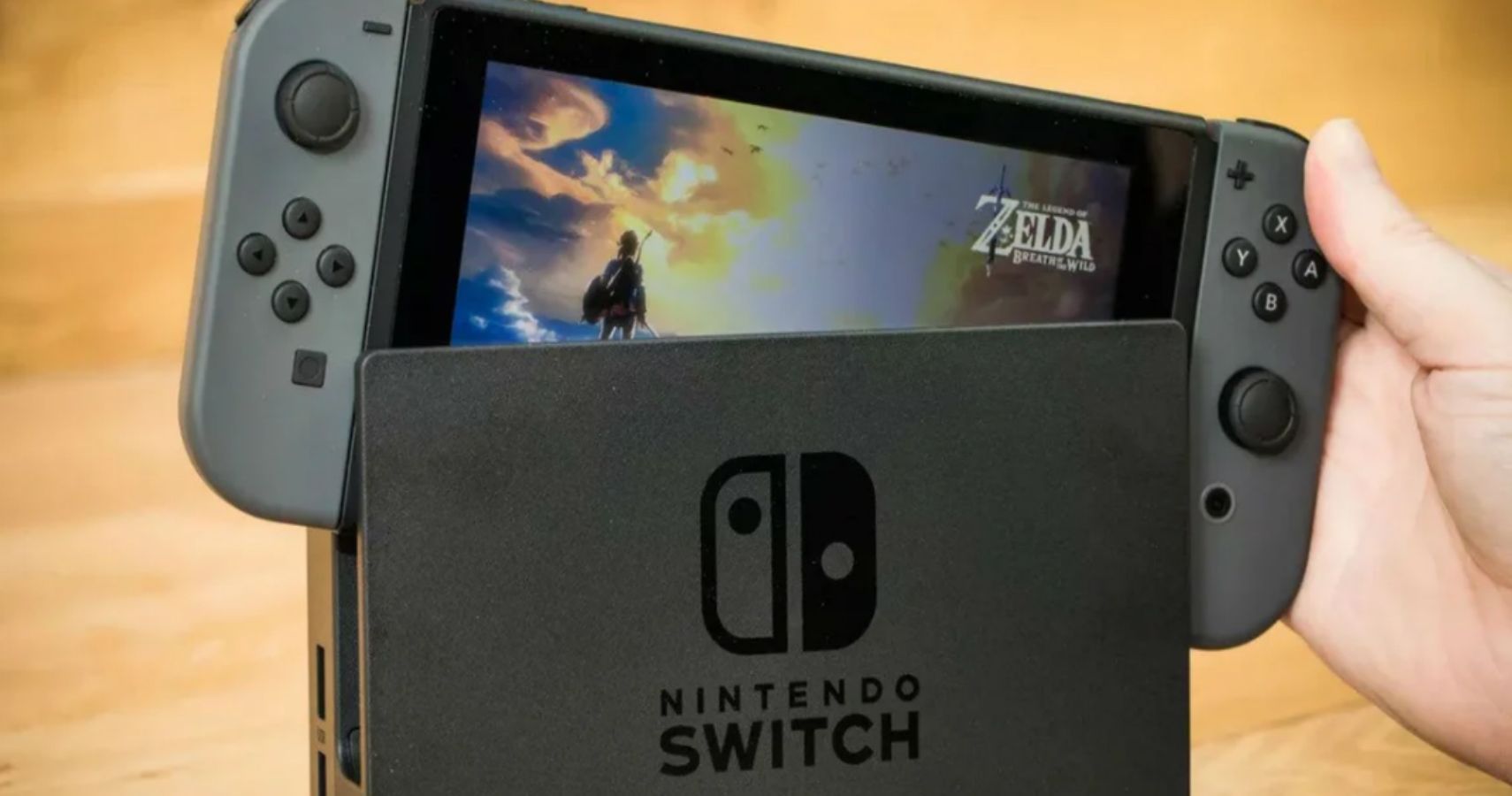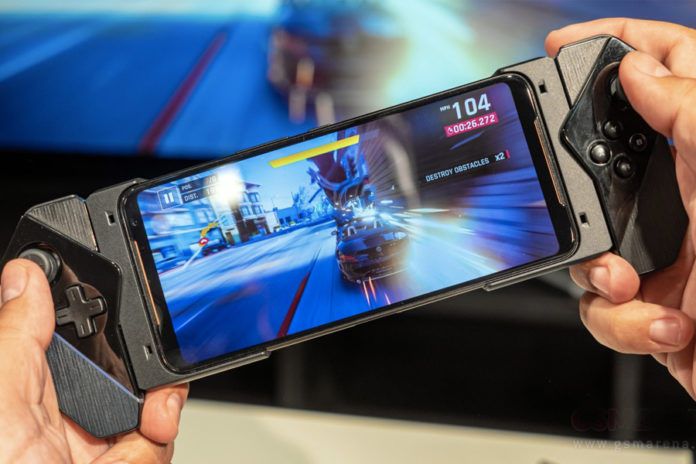Mobile gaming is growing exponentially, and as new technology allows phones to be more powerful than ever, developers are cashing in on the mobile gaming phenomenon. Just recently, Call of Duty Mobile broke the record for largest opening week with over 100 million downloads and helped rejuvenate a franchise that was starting to decline. Mobile gaming is a great way to kill time while also enjoying fun games on the go, allowing it to have a broad appeal. There truly is no ceiling for the industry, but as it continues to expand rapidly, maybe it's time to confront one of the biggest enemies of mobile gaming — the touchscreen.
Touching Greatness
The incorporation of the touchscreen to mobile phones was a revolutionary step for the industry. It helped rapidly grow the technology and craft phones that were never thought possible. It allowed for sleeker looking designs over standard flip phones, without the unnecessary bulkiness that was present before the touchscreen truly took off. Blackberry phones became a thing of the past, as fully touchscreen-based options began to dominate the industry. The touchscreen allowed for ease of use and superior software could be implemented to take advantage of a phone's touchscreen.
Phones Vs. The Switch
The Nintendo Switch and phones are leading the charge when it comes to high quality, portable gaming. The Switch's entire premise was console-quality gaming that can be taken wherever a player might be, with the ability to connect to a TV or monitor at will. The Switch and mobile phones share a lot of similarities in terms of power and even size.
The largest phones on the market can even reach up to 6.5 inch displays, a slightly bigger size over the 6.2 inch display of the Nintendo Switch. The Switch comes with 32 GB of memory with the option to increase storage through SD cards while phones can range in storage up to an astounding 512 GB.
Both the Nintendo Switch and mobile gaming utilize a touchscreen in their games. The big difference, however, is that the Switch's touch controls are secondary. Nearly every game on the platform is primarily controlled with the Jon-Cons. This gives the games a truly console-like quality while also giving players incredible control over their main character. This is something that is lacking on most mobile devices.
We Need A Controller!
Since the beginning of gaming, players have used controllers of various designs to control what their characters are doing on the screen. The controller is synonymous with the video game industry, and while changing drastically over the years, it is still a staple of the industry and the main way we interact with our virtual worlds. Why is this?
There are a plethora of advantages to using a controller versus just a touchscreen. A physical controller feels comfortable in the hands of a player. It allows them to better grasp it and use the dedicated buttons which provide more precision than something like the touchscreen. When using a touchscreen, a player's view of the screen is somewhat impeded. Though games have tried to reduce this problem as much as possible, a player's fingers are still present on the screen, resulting in a loss of a complete view of the screen. This isn't a make or break concept, but one that can benefit mobile games with a fix of some sort.
Third-party accessories such as controllers are a good way to help combat the limit imposed by touchscreens, but aren't common in mobile gaming. Since they aren't essential and a large majority of mobile players don't use them, mobile developers usually don't create their games with controllers in mind. Games that do incorporate controller support usually do so as an afterthought. This is the biggest hurdle in mobile gaming; finding a way to better control the action without fragmenting the user-base.
Mobile gaming has come a long way over the years, and there's no telling where it will be in another decade. Maybe it's time for manufacturers to start exploring control schemes that make it easier to control mobile games. The touchscreen might be around for awhile, but you never know what's just around the corner.




